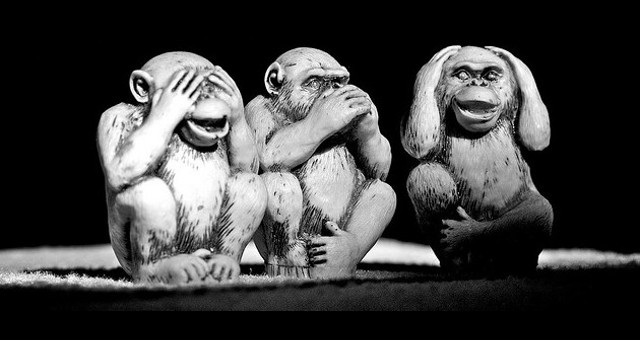Chandrakirti’s Entering the Middle Way, the epitome of Mahayana teaching, holds that both mental and physical phenomena exist from the point of view of the relative truth, and neither exists in terms of the ultimate truth. Both are empty of self-nature, rather than the physical phenomena have no independent existence but the mental phenomena do. Furthermore, Chandrakirti explained that this is the view of the Buddha, because in Abhidharma-kosa-Shastra the Buddha had inquired extensively into the existence of the mental and physical phenomena from the perspective of the relative truth, and subsequently refuted the existence of both when enunciating Prajnaparamita. In other words, if existence is affirmed, then both exist, and vice versa if it is refuted. This is Chandrakirti’s point.
Excerpt from Luminous Wisdom Book Series : The Right View ~ Buddhism – The Definition












